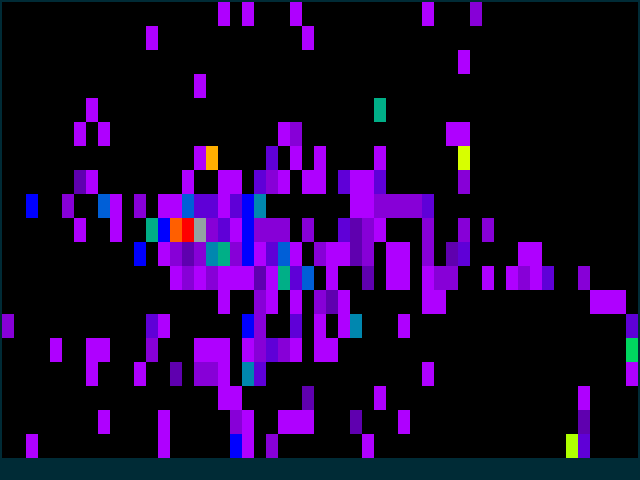I just finish this bzen2.sh script, it is used to replace twmn. Its a good program but I recently found out it has strange memory usage issue and I cant quite find out whats the cause. If I leave it runs for hours and have music plays, so the notifications would pop up every a few minutes. After hours, it could uses several hundred MB of memory.
I dont want to report since I dont think I can commit to help find out the bug and the author committed the feature and then removed it. I asked about it, didnt get a response yet. Anyway, I would just drop it since I feel my Bash script does a little better, though its not a daemon. Well, I dont really need a notification daemon actually.
Back to bzen2, the name is very clear, b stands for bouncing and zen2 for dzen2. So, it bounces and thats basically all it does. No options. All arguments after the command will be treated as a string and been fed to dzen2.
There is only one bouncing mode, which is below the cursor. Check out this clip:
(A/V is out of sync, an issue of x11grabr, havent started to fix it. All music in the video can be found on Jamendo)
This script uses a simple C code to get cursor information, so it can keep dzen2 below the cursor. It also depends on xwininfo, xprop, and wmctrl for necessary controlling.
Sexy bouncing!


